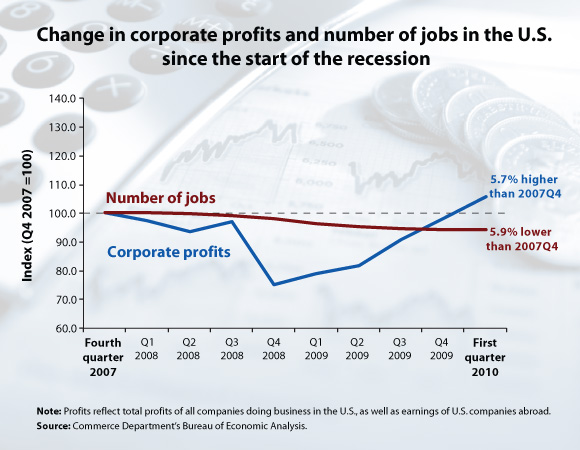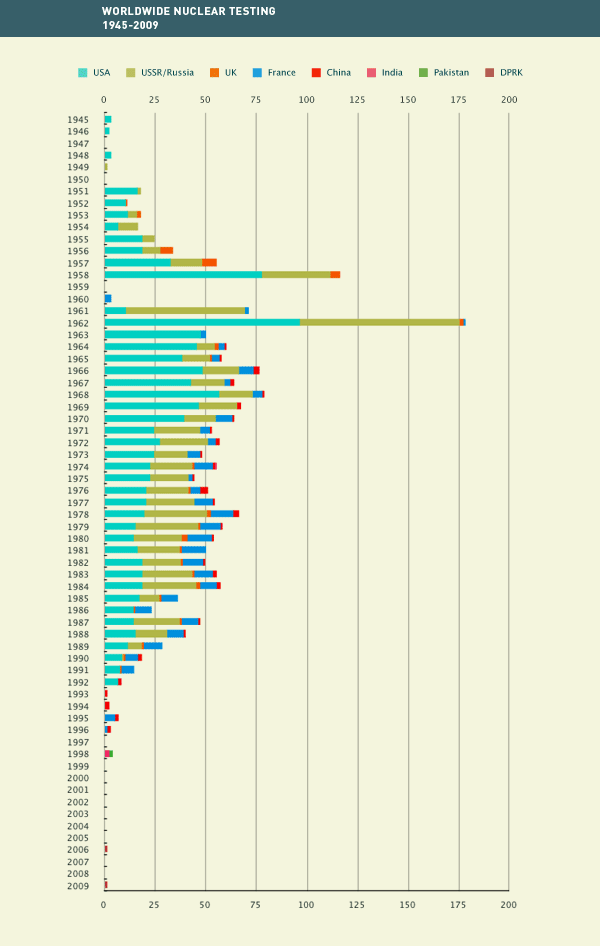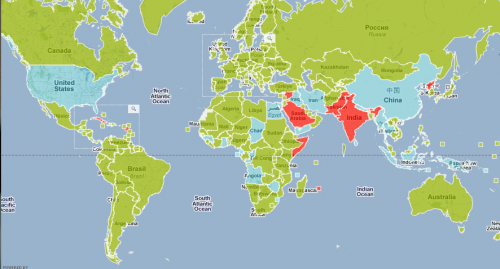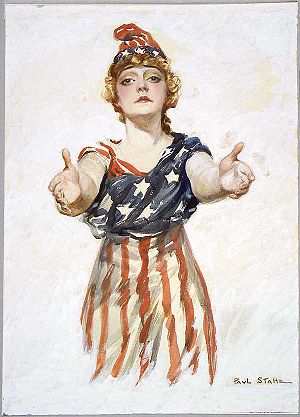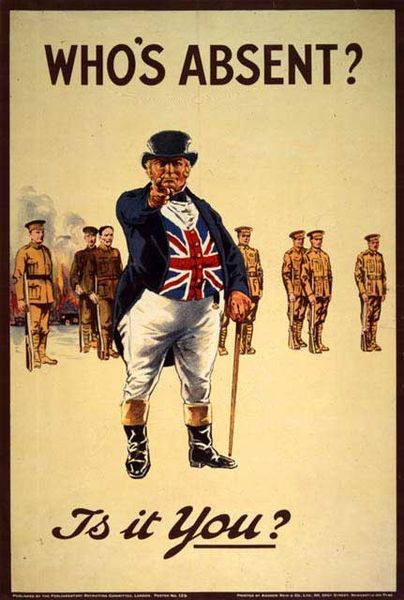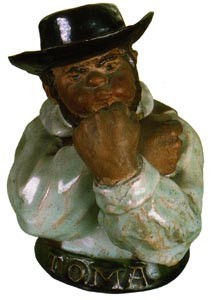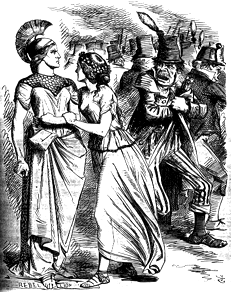Sociologist Amy Schalet has done wonderful research comparing American and Dutch approaches to teen sexuality. Among other fascinating findings, she has shown that, American parents approach their children’s sexual initiation with fear and loathing; while Dutch parents treat sexuality like any other realm of life that a child must learn to manage. Accordingly, most American teenagers hide their virginity loss from their parents, furtively popping the cherry in risky situations, often without protection against pregnancy or sexually transmitted infections (STIs). In contrast, most Dutch teenagers lose their virginity in their own bedrooms with their parents approval… and condoms.
This different approach to teen sexuality helps explain the dramatic differences between the U.S. and the Netherlands in rates of contraceptive use, teen pregnancy, abortion, and STI transmission. Check it this data from Advocates for Youth:
You can read the full report here (thanks to Du Hoang for the specific link!).
Lisa Wade, PhD is an Associate Professor at Tulane University. She is the author of American Hookup, a book about college sexual culture; a textbook about gender; and a forthcoming introductory text: Terrible Magnificent Sociology. You can follow her on Twitter and Instagram.









